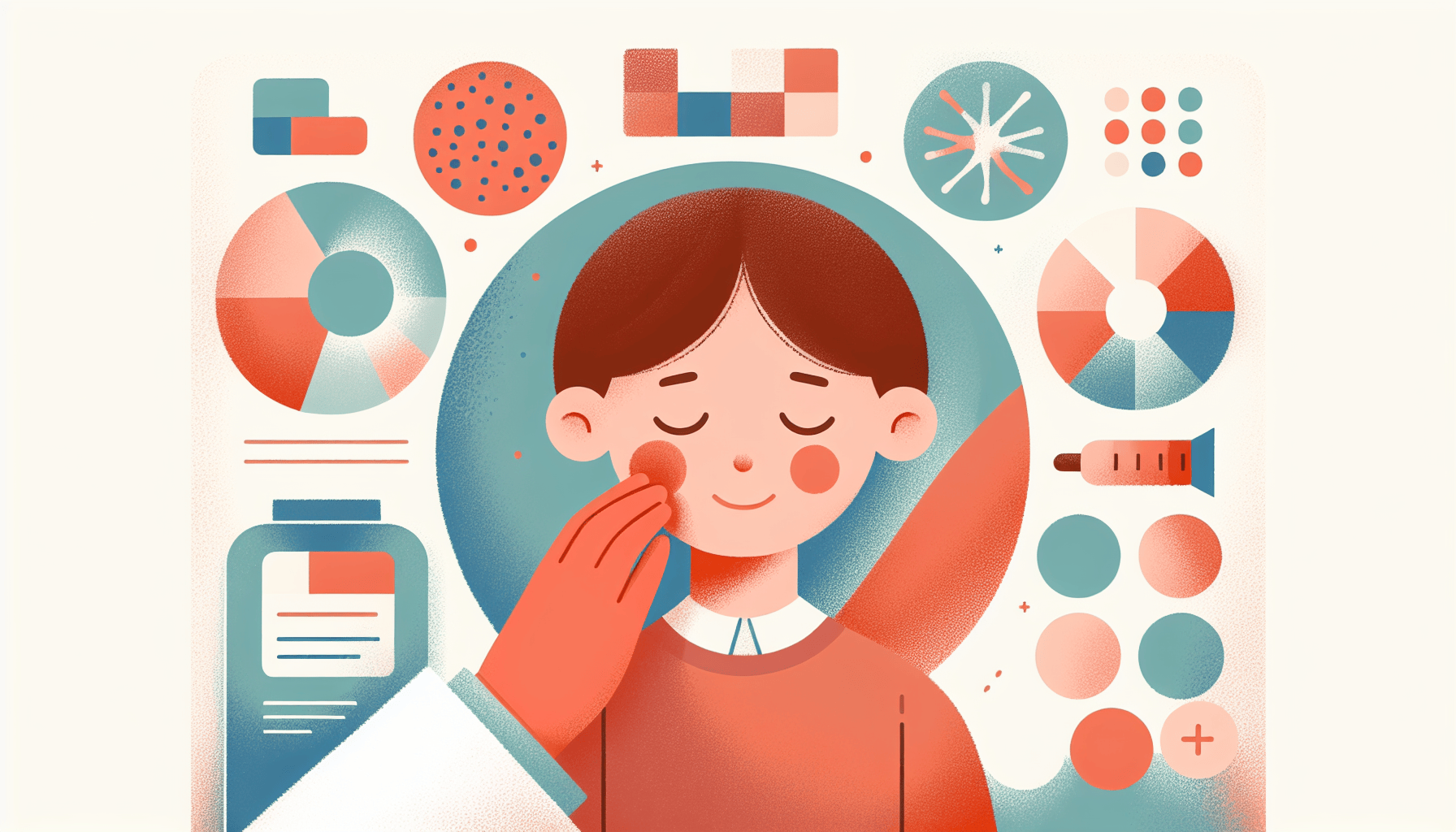Utah Becomes the First State to Let AI Handle Prescription Refills
Utah just made history: it's the first US state to let an AI system renew prescriptions on its own. The program covers people who are already taking medications for [...]
Read MoreGianotti-Crosti syndrome is a common childhood skin condition that causes an itchy, blistering rash. While the rash can be alarming for parents, it is usually harmless and resolves on its own within a few weeks. In this article, we'll explore the causes, symptoms, diagnosis, and treatment options for Gianotti-Crosti syndrome.
Gianotti-Crosti syndrome is typically triggered by viral infections, such as:
Coxsackievirus (hand, foot, and mouth disease)
Epstein-Barr virus (infectious mononucleosis)
Cytomegalovirus (CVM)
Enterovirus infections (often seen as respiratory infections)
ECHO viruses (often seen as gastrointestinal illness or viral meningitis)
Respiratory syncytial virus (RSV)
In some cases, the rash may appear after a child receives live-virus vaccinations, such as shots for poliovirus, hepatitis A, diphtheria, smallpox, pertussis, and influenza. The exact reason why some viruses lead to Gianotti-Crosti syndrome is not well understood, but it is thought to be part of the immune response to the virus.
The main symptom of Gianotti-Crosti syndrome is a raised, blistering rash that typically begins on or near the buttocks and spreads to the arms, legs, and face. The blisters may be pink, red, or brown in color and can vary in size. Some children may also experience:
Itching or discomfort
Swollen lymph nodes
Mild fever
Swelling of the liver or spleen (confirmed by a doctor)

The rash usually lasts about four weeks but can persist for up to eight weeks. It generally resolves on its own without causing scarring, although dark spots may remain on the skin for up to six months before fading.
Gianotti-Crosti syndrome is typically diagnosed through a physical examination and a review of the child's medical history. The doctor will ask about the duration of the rash and any recent illnesses or vaccinations. In some cases, tests may be performed to rule out serious viral infections, such as hepatitis or HIV.
Since the rash associated with Gianotti-Crosti syndrome resolves on its own, treatment primarily focuses on managing symptoms. Over-the-counter anti-itch treatments, cool compresses, and oral antihistamines may help relieve itching. If the child has a fever, acetaminophen or ibuprofen can be used to reduce fever, but it is essential to consult with a doctor for appropriate dosing based on the child's age.
Gianotti-Crosti syndrome is not contagious, so children can continue participating in activities while the rash is present. However, a note from the doctor may be necessary to explain the situation to caregivers or school officials.
For more information on Gianotti-Crosti syndrome and other childhood skin conditions, visit:
This self-limiting condition requires only supportive care since it resolves completely on its own, but proper diagnosis helps distinguish it from other childhood rashes that may need different treatment. Focus on itch relief while waiting for natural resolution over the next 1-2 months. If you're unsure about unusual rash patterns in your child, Doctronic can help you get quick medical guidance.
Utah just made history: it's the first US state to let an AI system renew prescriptions on its own. The program covers people who are already taking medications for [...]
Read MoreUnderstanding Mounjaro and Its UsesMounjaro is a prescription medication commonly prescribed for managing type 2 diabetes. It belongs to a class of drugs that help regulate [...]
Read MoreUnderstanding Hydrocortisone Uses and DosagesHydrocortisone is a versatile medication primarily used to reduce inflammation and suppress the immune system in various [...]
Read More